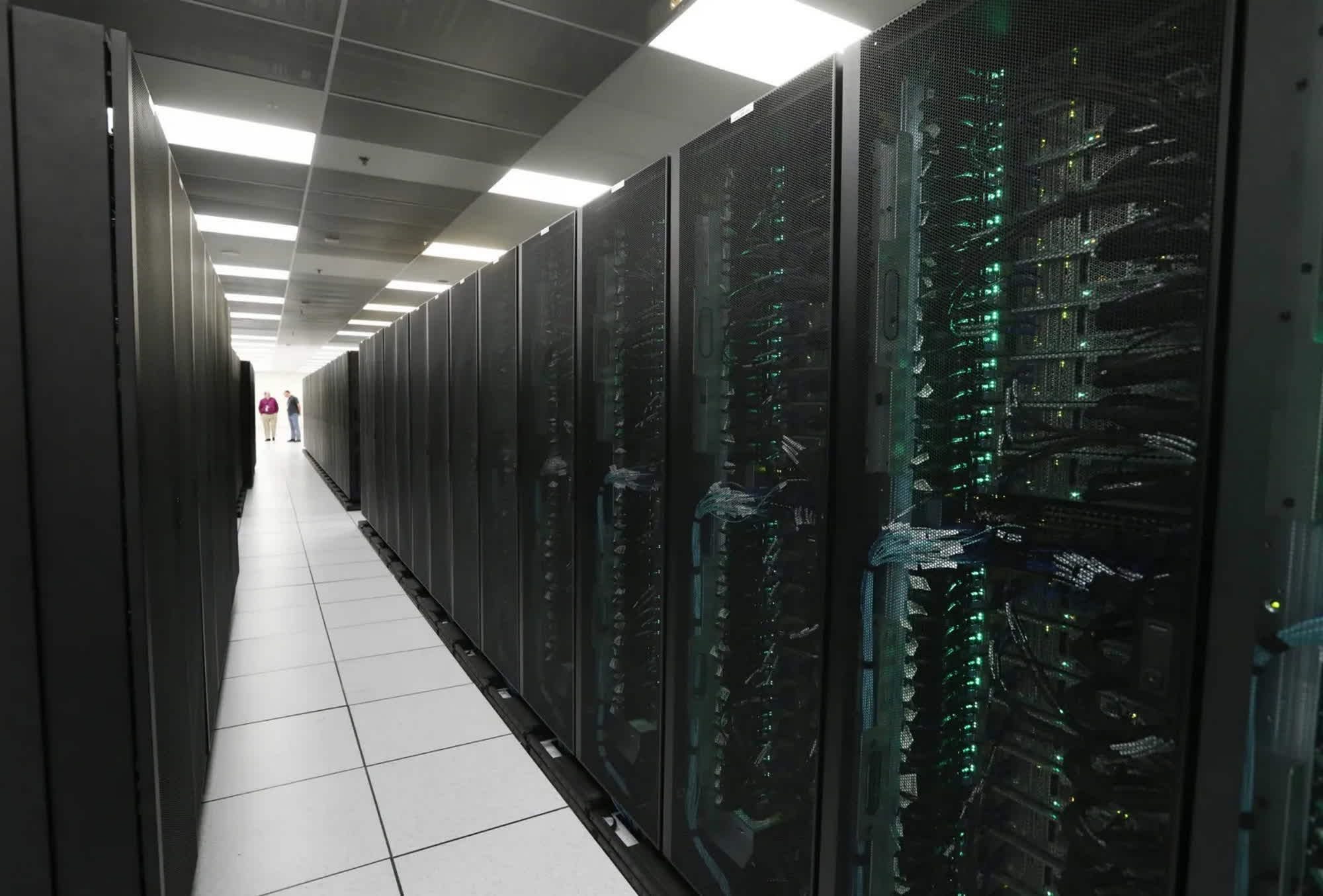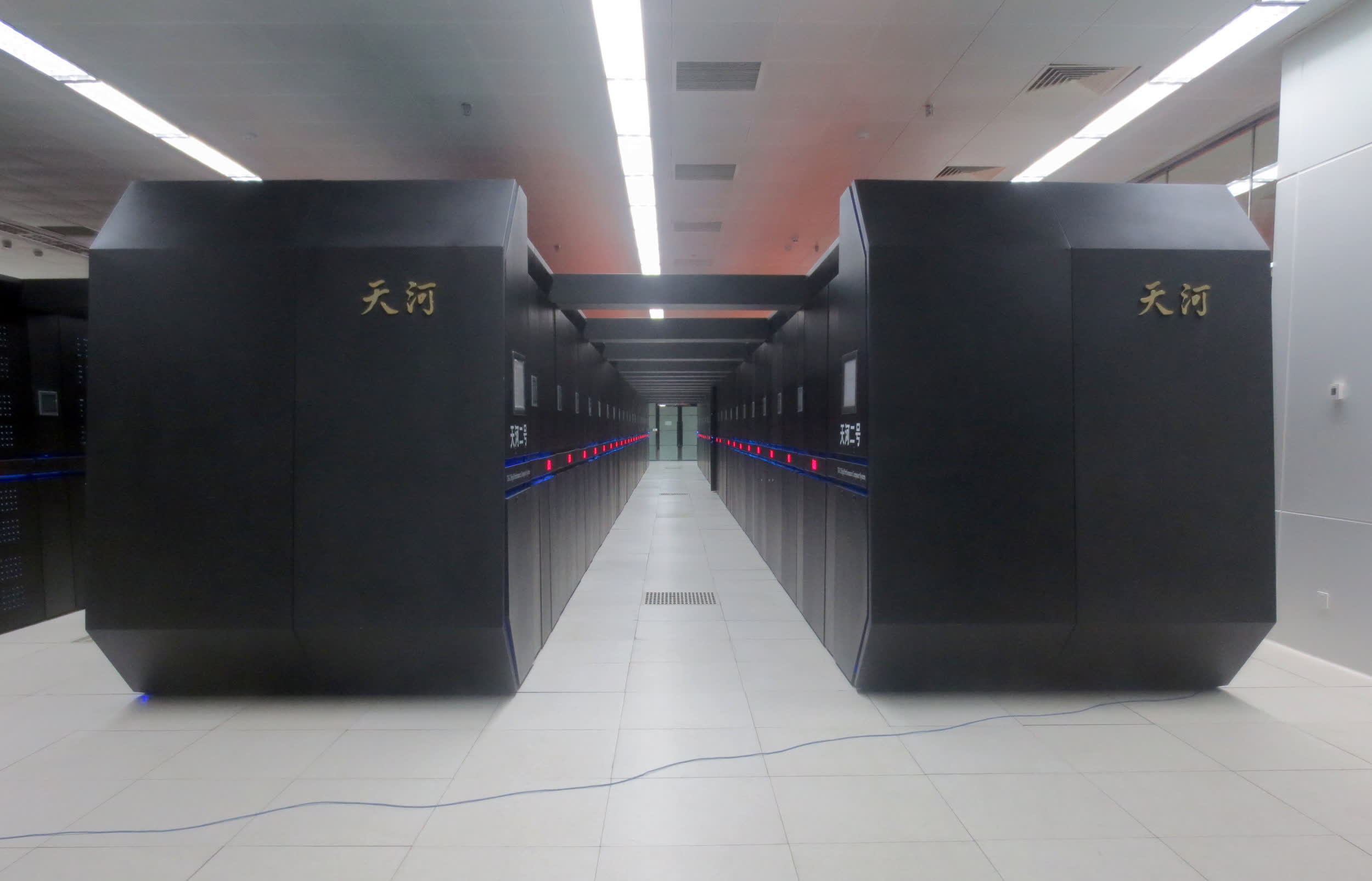The big picture: China's ambitious efforts to become a supercomputer powerhouse seem to have borne fruit. Although benchmark results are no longer reported to international organizations, Beijing's latest HPC system shows significant improvements over previous generations.

In recent years, China's Tianhe-2 supercomputer held the top spot in the fastest supercomputer rankings included in the TOP500 list. US sanctions against Beijing have compelled the Asian nation to utilize its own homemade chip technology for the next iteration of the Tianhe HPC line, and Tianhe-3 appears to be capable of more than doubling the results achieved by Tianhe-2.
The first public details about the latest Tianhe high-performance computing (HPC) system come from the Guangdong-based media site GDToday. Tianhe Xingyi, the new generation of China's domestic supercomputer system, was officially unveiled during the 2023 Supercomputing Innovation and Application Conference in Guangzhou, on December 6.
Compared to Tianhe-2, the Chinese news site reports that Tianhe Xingyi can deliver double the performance in CPU computing power, network capabilities, large AI model training, and big data analysis. Tianhe-2 marked the beginning of China's dominance in the HPC market, while Tianhe Xingyi confirms once more that the National Supercomputer Center in Guangzhou (NSCC-ZC) is the only Chinese entry among the world's top five supercomputing institutions.

Tianhe-2, the world's fastest supercomputer from 2013 to 2015, was based on powerful Intel Xeon CPUs. Tianhe-3 appears to offer exascale or near-exascale computing capabilities, but detailed information about the chips within remains undisclosed. The HPC machine is seemingly constructed on the enigmatic MT3000 architecture, and there is no information about any GPU-based accelerators eventually integrated into the system.
China is no longer part of the TOP500 supercomputer club, refraining from providing benchmark results or official specifications for its supercomputer technology. It is speculated that Tianhe Xingyi could utilize a new iteration of the Armv8-based Phytium 2000+ (FTP) and the Matrix 2000+ (MTP) processor/node architecture, but these details are mere speculation at this point.
Despite its secretive nature, Tianhe Xingyi appears well-equipped to handle various HPC workloads and AI model training scenarios. China is now submitting its supercomputer benchmark results for the Gordon Bell Prize, providing an opportunity to learn more about whether Tianhe-3 is indeed an exascale-class supercomputer.